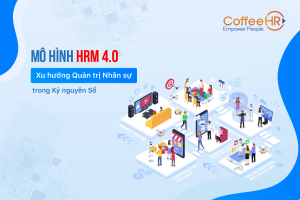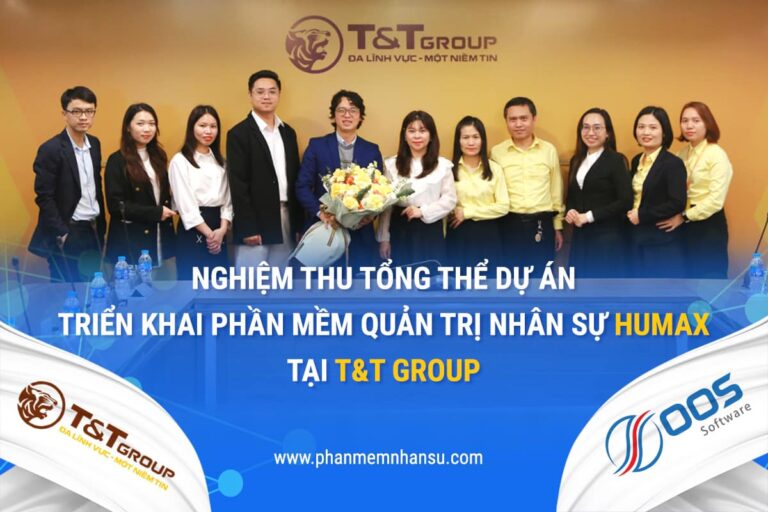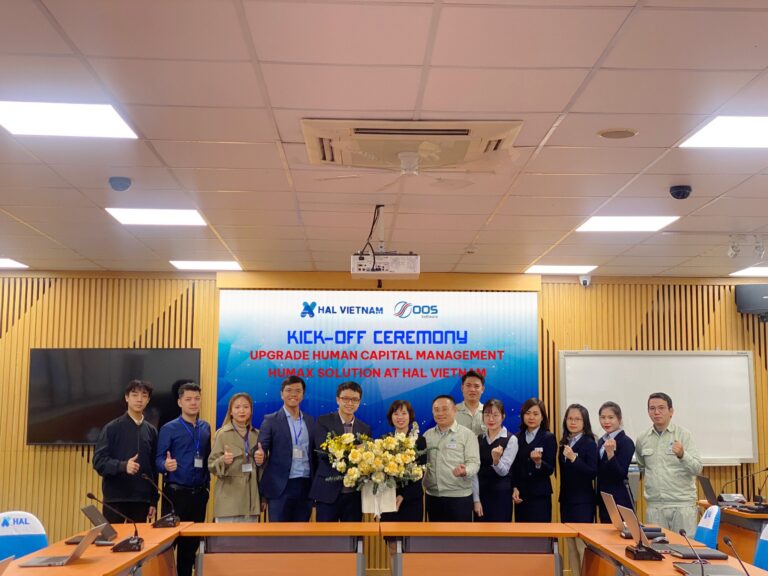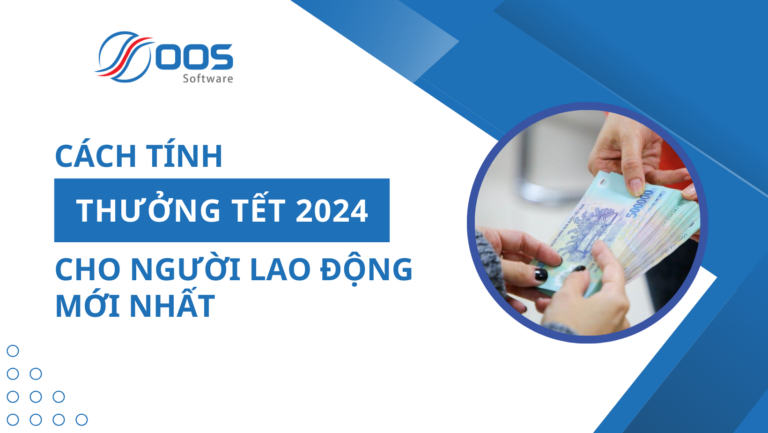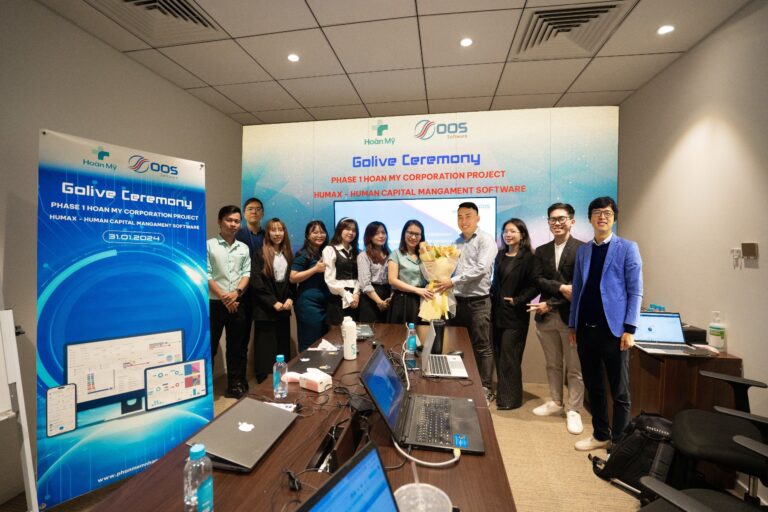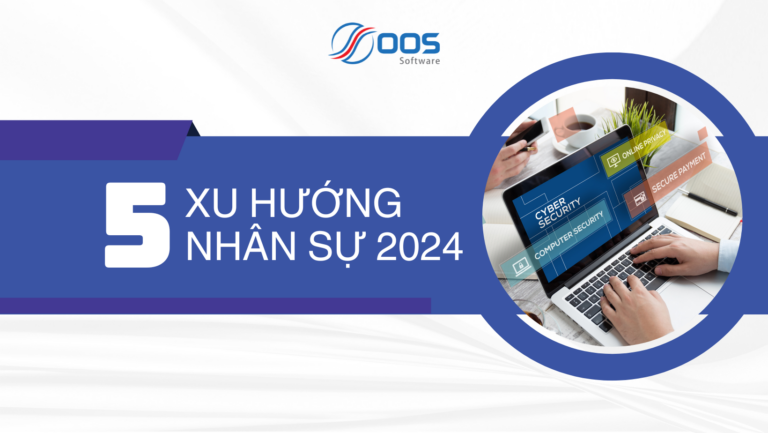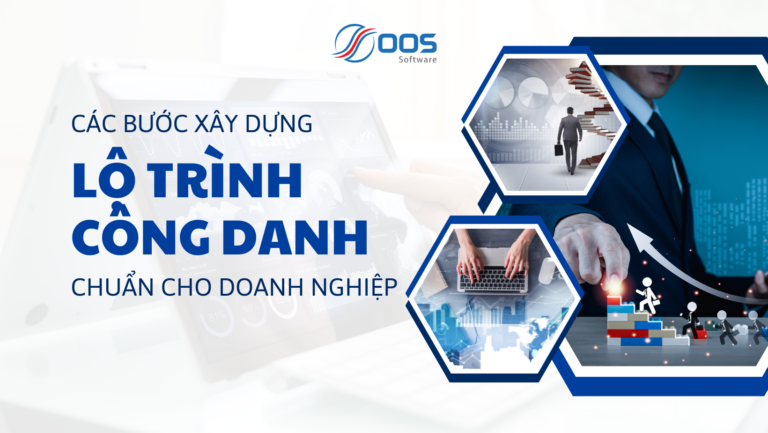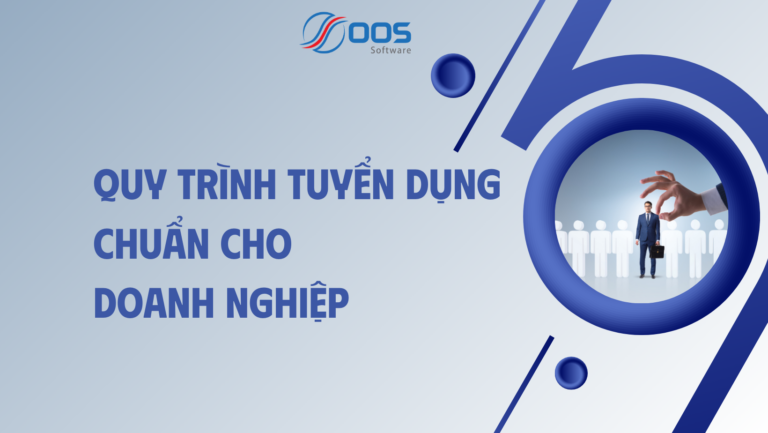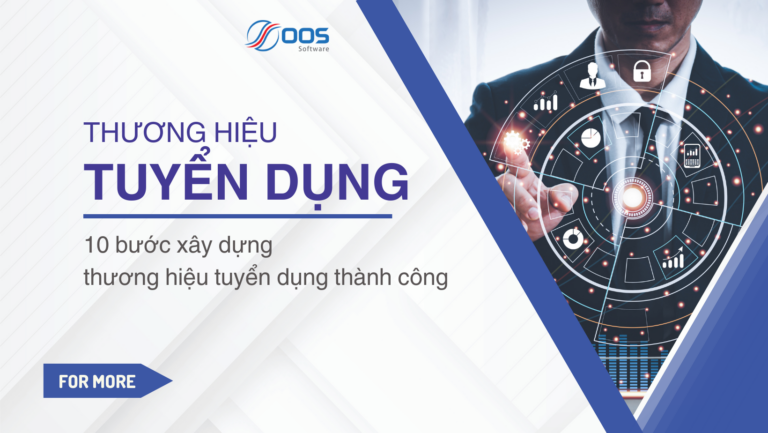Revolution Industry 4.0 is creating a rapid change in the way of management, administration as well as development of enterprises on an international scale. In Vietnam, human resource management is also directly affected in the digital era.
On the concept of human resource management in the industrial revolution 4.0 (HR 4.0), many experts have agreed on the concept as a collection of applications of Cyber-Physical System, automation, data exchange, Internet of Things and cloud algorithms into the workflow.
It is worth mentioning, HR 4.0 is developing at a tremendous speed. The explosion of technology is completely changing the way people communicate and the way businesses operate and manage today.
There are many challenges
The reality in history and development length has proven that each industrial revolution that takes place leads to drastic changes in the structure of human resources. People create technology, but the application of technology creates a change in the competitiveness of the company and with it the structure of the workforce.
One of the notable challenges is that it is difficult to predict trends in order to invest in human resource development for the future. It is forecasted that by 2025, up to 80% jobs will be new jobs that have never existed at the present time. In fact, even in our country, some professions are gradually disappearing. This challenge leads to policy makers needing to keep up to arrange the labor force structure to meet the needs of the country.
The second challenge is the fierce competition for human resources that will occur in a number of technology fields that are beginning to be widely applied in practice, creating pressure to recruit and develop relevant human resources.
According to forecasts, human resources in the fields of artificial intelligence (AI), Internet of Things (IoT), self-driving cars, Robotic ... are being hunted by foreign enterprises and joint venture enterprises. and paying high wages to attract, leading to a shortage of labor to meet domestic enterprises, directly affecting the growth rate, and profoundly internal resources.
The third challenge is in terms of advantages. Our country is inherently rich in human resources, with low labor costs. However, with technology, companies can coordinate and implement jobs that previously only large companies could do, mainly focusing on applying technology to new business models. to create a different competitive ability so this advantage will gradually disappear. The unemployment rate is likely to increase if real needs are not met…
Need to clear the "bottlenecks"
According to a recent analysis of the Central Economic Commission on the "bottlenecks" of Vietnamese personnel, it is clear that: training is higher than production, it is difficult for engineers and bachelors to get a job; unskilled labor also cannot meet.
At some forums and seminars on the 4.0 revolution and the latest human resources, some enterprises complained that they were having difficulty in recruiting or recruited workers did not meet the job requirements. but must go through training and training at enterprises.
This is posing a problem: there must be a way to coordinate between businesses and training institutions (universities, colleges, vocational schools) to get high-quality human resources to meet the requirements of the 4.0 revolution or so to speak. Another way is that instead of the traditional method, enterprises will actively "order" training institutions in a certain context and time to clear the "bottleneck" of human resources according to demand.
However, the above problem is not simple when the process of highly trained human resources is facing many difficult problems. The latest statistics show that out of 350 universities in Vietnam, only 12 have a group of lecturers equipped with STEM teaching knowledge (ie equipping learners with the necessary knowledge and skills). related to the fields of science, technology, engineering and mathematics).
A simple example is given to explain the concept of STEM: mechanical teachers must be able to integrate automation, electronics, and information technology so that graduate mechanical engineers can design them. refrigerator can transmit data.
It is worth mentioning that out of 12 universities that have a group of teachers according to the STEM method, not all schools have such training and the right process to acquire standardized human resources.
Take synchronous measures
In order to solve the problem of challenges for domestic human resources in the context of the industrial revolution 4.0, in addition to clearing the aforementioned "bottlenecks", it is also necessary to synchronously implement many issues in terms of both mechanisms and policies. policies, the adaptation of enterprises to training and recruiting high-quality human resources.
The first: It is necessary to renovate educational methods and educational goals first, especially at the post-high school level (university, college, high school). Instead of training according to the general norm and quantity, the education sector needs to implement a training strategy that catches up with both practical and forecast trends to meet the quality of human resources.
Second: It is necessary to have a full assessment with actual data on qualifications and current labor status on a large scale and nationwide to get an honest and objective view of the quality of human resources. Thereby, there are accurate and timely advices to have reasonable adjustment mechanisms and policies with a long-term vision on human resource issues.
Tuesday: Enterprises themselves have a close coordination mechanism according to the "three houses" model: school - enterprise - employee. Based on the needs and development strategies of enterprises, the school conducts training according to "orders" when recruiting and training in accordance with capacity and needs. This measure must not be followed by the above measures, but taken immediately to ensure the competitive needs of human resources as well as create enterprise value through which to replicate the model for other enterprises.
Wednesday: Strengthen international cooperation in training technical and high-tech human resources. This is the key point when the majority of training institutions in the country can only meet a very small part of the demand. If this measure is implemented well from the beginning, it will create "chain" effects: The person who is trained in advance can directly guide or train the next employee. This is also a measure that developing countries similar to ours in the region are applying such as Thailand, Malaysia, Indonesia...
The source: petrotimes.vn
